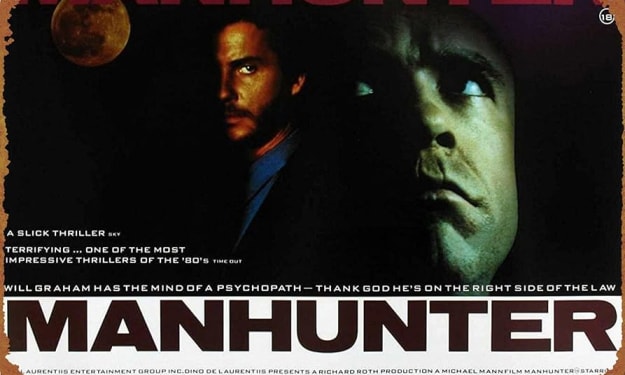Copyright Violation or Fair Use?
A case study on how to use someone's original work

Years ago (2003-2019), President Zelenskyy of Ukraine was a successful comedian and co-founder of "Kvartal-95," an entertainment company and studio that produced numerous popular movies and TV shows, including Make A Comedian Laugh, a reality TV competition for standup comics.
Years ago (in 2008-2013) I worked at Georgia State University, which was involved in a major protracted copyright lawsuit filed by three key academic publishers - Cambridge University Press, Oxford University Press and Sage - for alleged copyright infringement by professors who made the publishers' protected material available for students through the GSU Library e-Reserve system. Even though I was not named in the lawsuit, one of my dear colleagues was, and I still have a PTSD from it. I continue using the University System of Georgia Fair Use Checklist to make sure that I am not violating the copyright law when distributing materials to my students. The GSU lawsuit ended only in 202o, with fair use upheld, and with some wins for the publishers. If interested you can get decent summaries of it here from a legal perspective and from the publishers' perspective.
Years ago (in 2018), while teaching the Ethic of Communication course, I was trying to find good content to illustrate communication with and on behalf of people with disabilities. I came across a segment of Make A Comedian Laugh where a contestant from Israel was making jokes about his disability. Precious material to discuss in-group jokes and difficult conversations about disabilities. This was before the time when AI started to be used to generate subtitles and translate them automatically into other languages.
To bring this all together: I downloaded the Make A Comedian Laugh 10-minute video and spent about a week translating it and timing the translation properly, providing some contextual information as well. Once I was satisfied, I uploaded the translated video onto my own YouTube channel. My channel is tiny - I only have 9 subscribers of my friends and family. Besides, a couple of years ago I cleaned it out almost completely, leaving just this one video for public access.
Two days after I discussed the video in class, it was taken down. YouTube sent me an official notification that I was in violation of the show's copyright. I was devastated at first, but then decided to appeal based on the fair use doctrine. Here are the points I made in my appeal:
1) I was using the video for educational, non-commercial purposes to discuss important issues of ethical communication about disabilities. I thought that the video was an excellent example of how to talk about sensitive issues with dignity and respect to persons with disabilities.
2) With the size of my YouTube channel, I didn't see how I would be either siphoning away the viewers or taking away potential profits from the original content producers. I also made a joke that if at any point of the video life on my channel it went viral and brought me profits I would share the proceeds with Kvartal-95. It was a joke because seven years down the road, the video still has a little over 100 views. I'm pretty sure they are all from my students who wanted to go back to it after we discussed it in class.
3) I was using only a portion (one of three 10-min segments) of the original program. Even though more than the usually recommended 10% (there are no law-established limits as to what constitutes a portion for fair use), the segment couldn't be cut as given the nature of the show the material it was building up to culminate into the winning joke at the end.
4) By supplying the video with high-quality contextualized translation, I actually added my original work to it as well as the value and potential exposure to the video because more people could see it in English. Here I again made a joke about sharing profits when the video went viral.
Obviously, my appeal was convincing as the video was reinstated. It is still available and I still use it in class. You can watch it below, and if you want to compare the quality of English subtitles, the original video with AI-generated subtitles (you need to go into settings and select English as the target language) is available here.
About the Creator
Lana V Lynx
Avid reader and occasional writer of satire and short fiction. For my own sanity and security, I write under a pen name. My books: Moscow Calling - 2017 and President & Psychiatrist
Enjoyed the story? Support the Creator.
Subscribe for free to receive all their stories in your feed. You could also pledge your support or give them a one-off tip, letting them know you appreciate their work.






Comments (3)
Thank you for the detailed explanations. As I know, quoting is legal, but I don't know the details of what counts as a quote.
I mean like you mentioning, you added your own content to it. There's millions of reaction videos that uses original work of others. They're not getting into trouble. I'm just so glad your video was reinstated!
That must have been quite stressful for you.